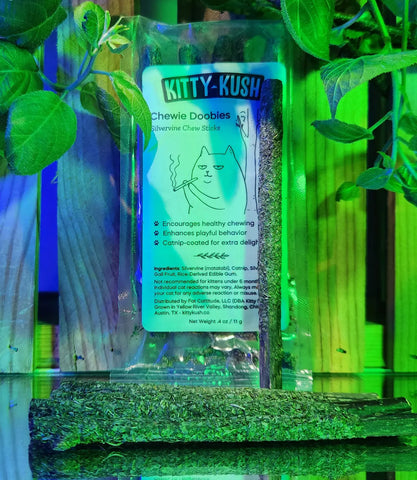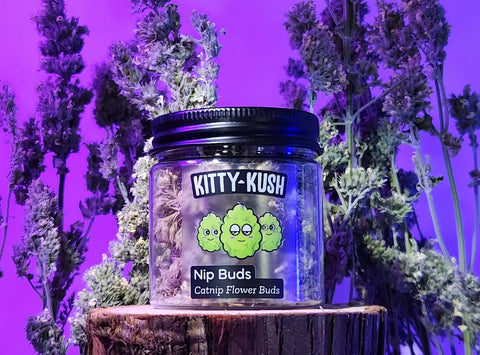If you've ever watched your cat press its paws rhythmically against a soft surface—whether that's your lap, a blanket, or a pillow—you've witnessed what many cat owners affectionately call "making biscuits." This kneading behavior is both common and endearing, but you may be wondering about the reasons behind it.
What Is Kneading?
Kneading is a repetitive motion cats make with their front paws, alternating between left and right while pushing against a soft surface. Some cats extend their claws during this process, while others keep them retracted. The behavior is often accompanied by purring, a relaxed facial expression, and sometimes drooling.
Kittenhood Origins
The primary explanation for kneading relates to a cat's earliest days. Kittens knead their mother's mammary glands during nursing to stimulate milk flow. This instinctual behavior helps them get the nourishment they need during the critical early weeks of life.
This early association between kneading, comfort, and nourishment becomes deeply ingrained. Many cats continue this behavior into adulthood, long after weaning, as a self-soothing mechanism that indicates contentment and security.
How Kneading Affects Cats
When adult cats knead, they're typically experiencing positive emotions. The behavior is usually associated with:
- Feelings of comfort and security
- Territorial marking (cats have scent glands in their paw pads)
- Creating a comfortable resting place
- Expressing contentment or pleasure
If your cat kneads on you specifically, it can be interpreted as a sign of trust and affection. Your cat essentially views you as their safe space and is expressing comfort in your presence.
Evolutionary Explanations
Some animal behaviorists suggest kneading may have additional evolutionary roots. Before domestication, wild cats would knead grass or foliage to:
- Create a comfortable sleeping spot
- Check for hidden dangers in their resting area
- Flatten vegetation for nesting
Although domestic cats no longer need to prepare outdoor resting spots, these instinctual behaviors remain encoded in their behavior patterns.
Is Kneading Safe for Cats?
Kneading is completely normal and healthy for cats. It's a natural expression of contentment that should not be discouraged. However, excessive kneading that appears compulsive or happens constantly might occasionally indicate anxiety in some cases. If your cat seems distressed while kneading or the behavior suddenly increases dramatically, consult with your veterinarian.
Managing Kneading Behavior
While harmless to cats, kneading can sometimes be uncomfortable for owners, especially when sharp claws are involved. Here are some ways to manage the behavior:
- Keep your cat's claws trimmed regularly
- Place a thick blanket on your lap as a protective barrier
- Gently redirect your cat to knead nearby instead of directly on you
- Consider soft nail caps for cats with particularly sharp claws
Kneading or "making biscuits" is a perfectly normal feline behavior with roots in kittenhood and possibly evolutionary history. When your cat kneads, they're expressing contentment, trust, and affection. While sometimes uncomfortable for humans, this behavior is an important part of feline communication and typically indicates a happy, secure cat.






